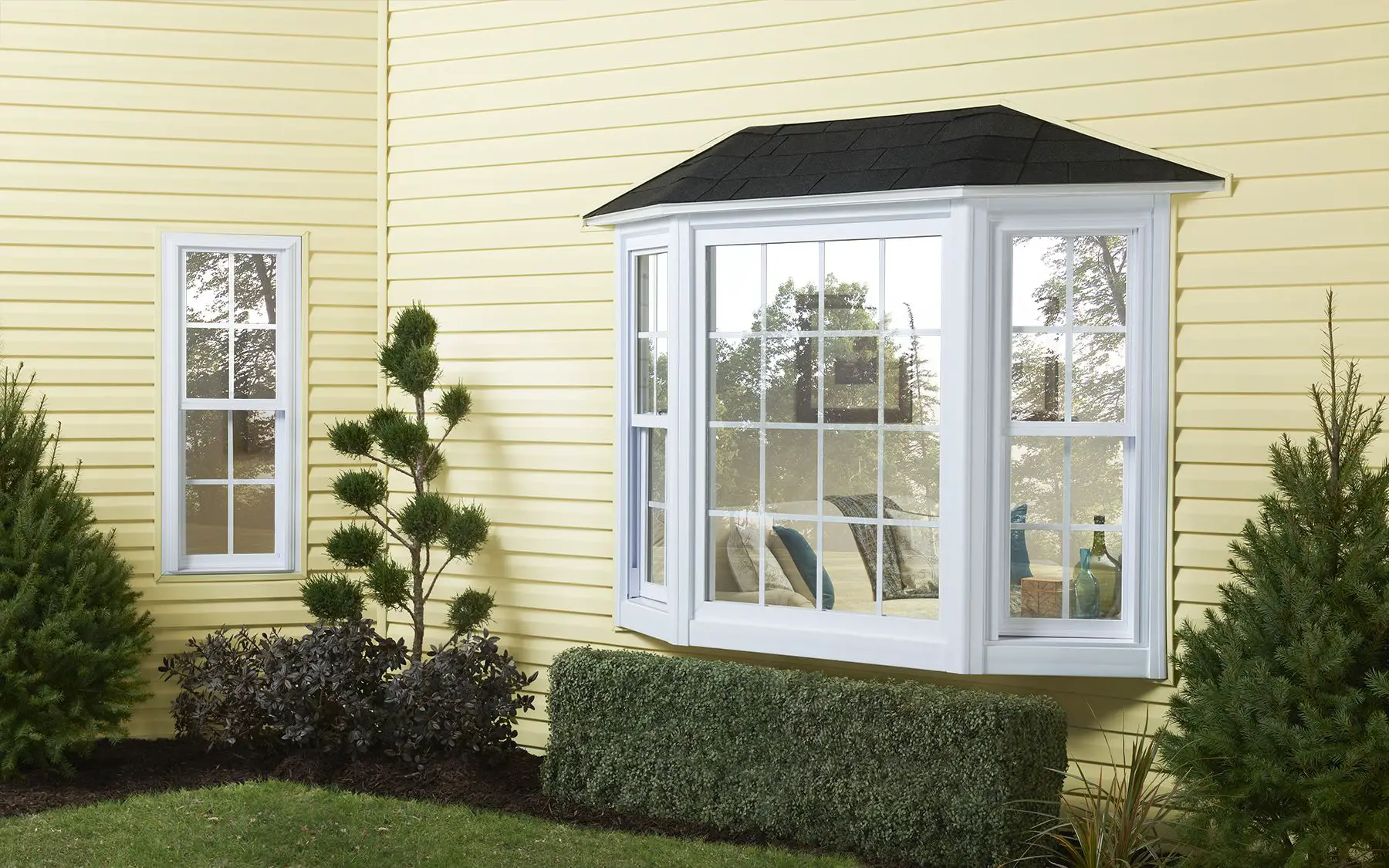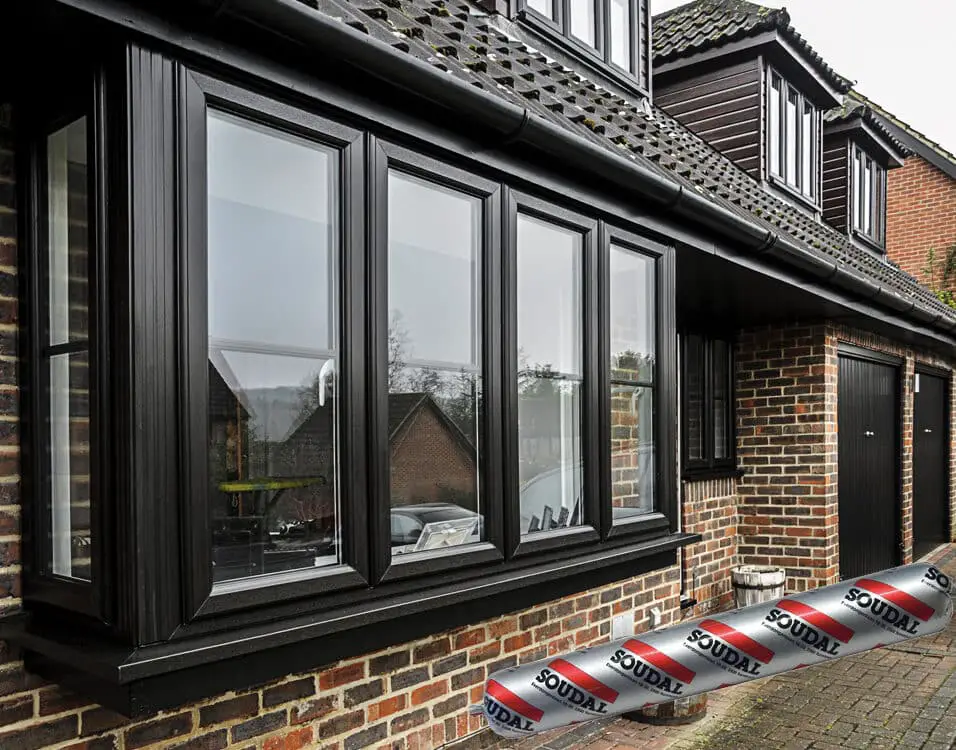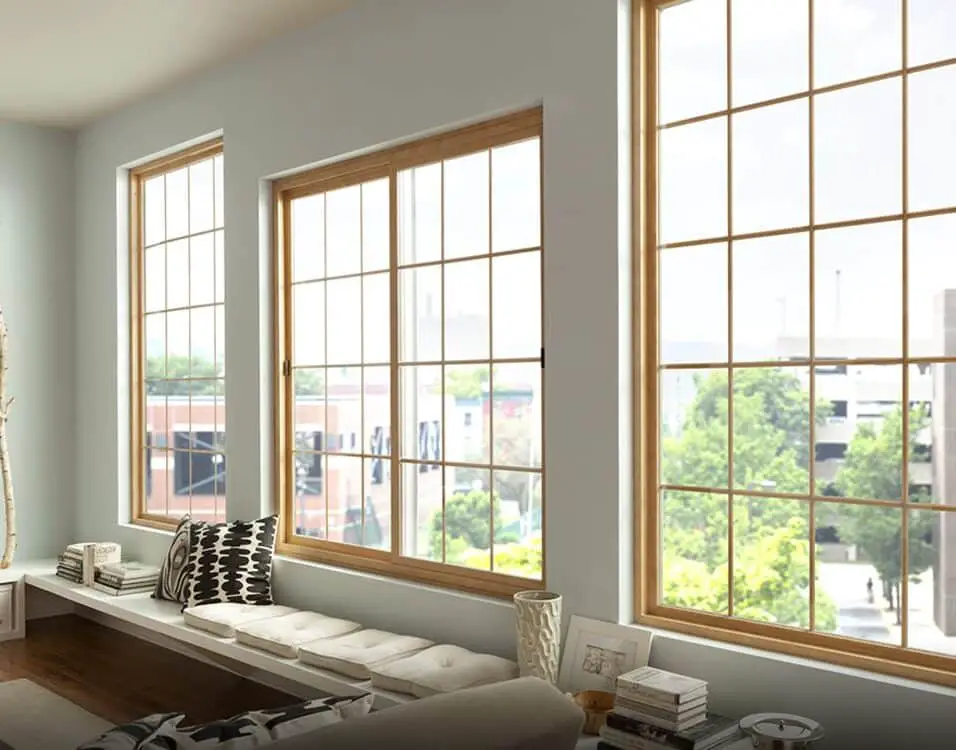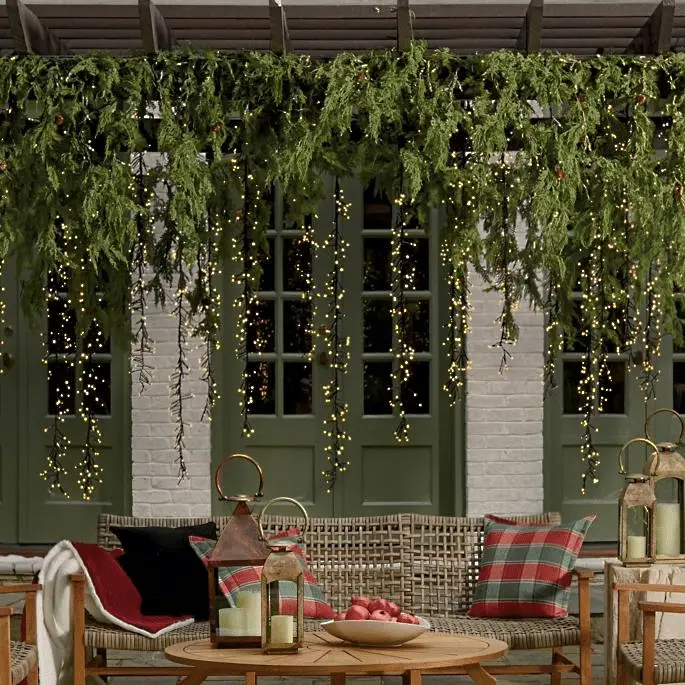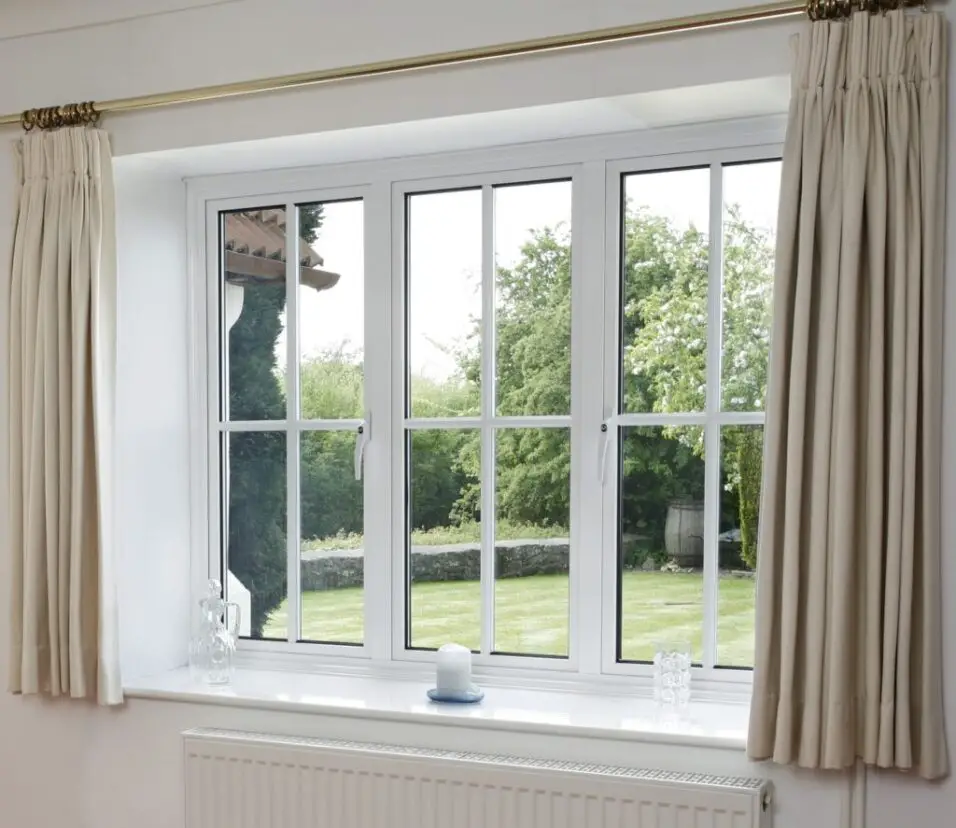How To Caulk Exterior Window
Introduction
How To Caulk Exterior Window: Caulking exterior windows is a crucial maintenance task for any homeowner. Windows not only provide natural light and ventilation but also serve as a barrier against the elements. Over time, the seal around your windows can deteriorate, leading to drafts, water leaks, and increased energy bills. The solution? Learning how to caulk exterior windows effectively.
In this comprehensive guide, we will take you through the step-by-step process of caulking your exterior windows like a pro. Whatever your DIY experience, we can help you complete your first home improvement project.
We’ll start by explaining why caulking is essential and how it can benefit your home’s energy efficiency and overall comfort. We’ll then explain the tools and materials you need to finish the job. Our detailed instructions, accompanied by helpful tips and tricks, will ensure that you achieve a watertight and airtight seal around your windows. By the time you finish reading, you’ll be ready to confidently caulk your exterior windows, enhancing your home’s protection and saving money on utility bills.
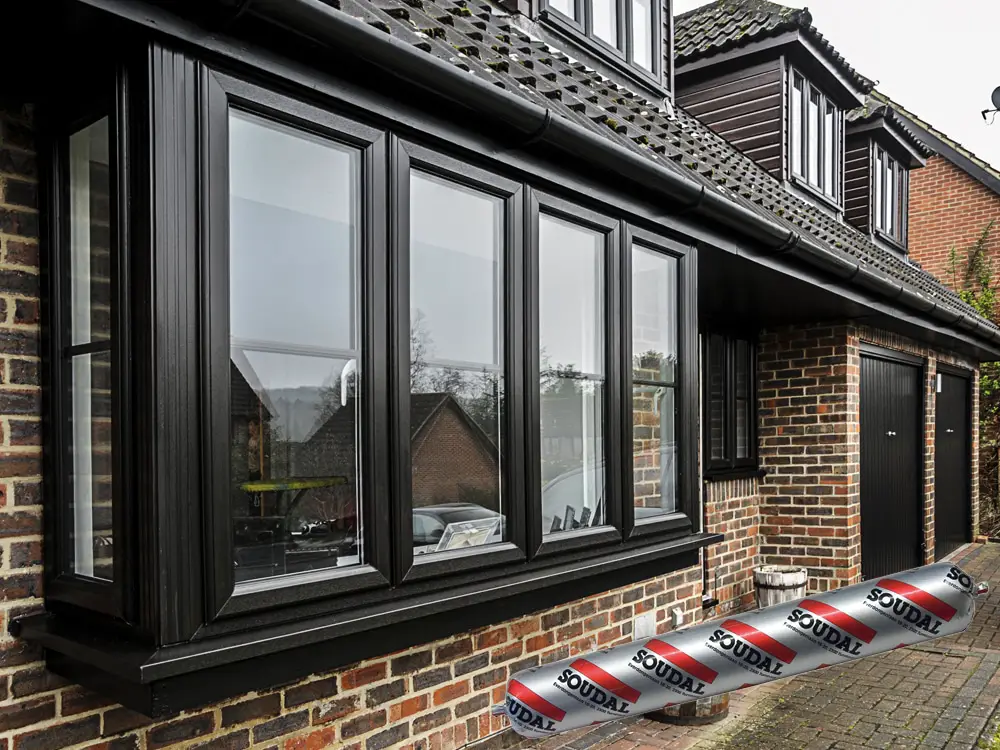
Should exterior windows be caulked?
Caulk the Inside and Outside of Windows
When dealing with older windows, professional window installers and repair experts know it’s best to apply caulk to the interior and exterior of windows. Windows require a seal on both sides to avoid air leaks and moisture problems.
Yes, caulking exterior windows is essential for several reasons. Firstly, it helps create a weatherproof barrier, preventing moisture, drafts, and outdoor pollutants from entering your home. This barrier not only enhances your home’s energy efficiency by reducing heating and cooling costs but also contributes to a more comfortable indoor environment by minimizing drafts and preventing water damage.
Secondly, caulking windows plays a pivotal role in maintaining the structural integrity of your home. Over time, without proper caulking, gaps and cracks can develop around your windows, allowing water to seep in. This can lead to rotting wood, mold growth, and even structural damage if left unattended. Caulking serves as a protective shield against these potential issues.
Lastly, caulk also improves the aesthetics of your home’s exterior by giving it a polished, finished look. It helps fill gaps and create clean, seamless lines around your windows, enhancing curb appeal. In summary, caulking exterior windows is not just a matter of aesthetics but a crucial step in preserving your home’s functionality, energy efficiency, and overall value.
What caulk to use on exterior windows?
Your best choice is Loctite PL Window Door & Siding Polyurethane Sealant because it forms permanent, water- and weather-resistant seals in most exterior gaps and joints. It is durable, flexible, and resistant to UV radiation and ozone, making it ideal for caulking windows and other demanding outdoor applications.
Choosing the right caulk for exterior windows is crucial for achieving a long-lasting, effective seal. Silicone-based caulk is often the preferred choice for this application. It offers excellent durability, flexibility, and resistance to temperature changes and moisture. Silicone caulk adheres well to a variety of materials, including glass, wood, and metal, making it suitable for window exteriors. Another option is polyurethane caulk, which is also highly durable and weather-resistant.
For those on a budget, acrylic latex caulk is a more affordable choice. While it may not be as durable as silicone or polyurethane, it still provides decent weatherproofing and is relatively easy to work with.
What type of caulking is best for windows?
Acrylic latex caulk: This caulk is water-based with limited toxic chemicals. Acrylic latex caulk offers few weather-resistant properties, so it’s ideal for interior windows. This type of caulk is available pre-tinted or paintable, allowing you to match it to your current home design.
The best type of caulking for windows largely depends on your specific needs and the conditions your windows face. As mentioned earlier, silicone, polyurethane, and acrylic latex caulk are all viable options.
- Silicone Caulk: Ideal for areas with high exposure to moisture and temperature fluctuations. It offers excellent durability and flexibility, making it suitable for many window types. However, silicone caulk may not adhere well to certain surfaces, so proper preparation is crucial.
- Polyurethane Caulk: Perfect for windows that experience significant movement, such as in older homes. It’s highly durable and can withstand extreme weather conditions. Polyurethane caulk forms a robust bond but may require more skill to apply due to its thicker consistency.
- Acrylic Latex Caulk: A budget-friendly option suitable for windows in less demanding environments. While not as durable as silicone or polyurethane, it still provides reasonable weatherproofing. It’s also easy to work with and can be a good choice for DIYers.
When selecting caulk for your windows, consider factors like the climate in your area, the type of window materials, and the level of maintenance you’re willing to undertake. Regardless of the type you choose, proper surface preparation and application techniques are crucial for a successful, long-lasting seal.
What is the best caulk for exterior use?
Silicone caulk
Silicone caulk is best for areas that are exposed to moisture or extreme temperatures, such as around windows, doors, and gutters. It’s also great for filling gaps around pipes and other objects that penetrate through the exterior walls.
The best caulk for exterior use depends on the specific requirements of your project. However, some popular and highly recommended options include:
Silicone Caulk:
Silicone caulk is often considered one of the best choices for exterior applications. It offers excellent durability and flexibility, making it ideal for areas exposed to moisture and temperature fluctuations. It adheres well to various materials, including wood, glass, and metal.
Polyurethane Caulk:
Polyurethane caulk is another top contender for exterior use. It’s exceptionally durable and can withstand extreme weather conditions, making it suitable for windows, doors, and siding. It also provides excellent adhesion, making it a good choice for areas with movement.
Butyl Rubber Caulk:
Butyl rubber caulk is known for its exceptional waterproofing properties. It’s often used in areas where water penetration is a significant concern, such as around windows and roofing. It’s easy to work with and adheres well to various surfaces.
Hybrid Polymer Caulk:
Hybrid polymer caulks combine the best features of silicone, polyurethane, and acrylic latex caulk. They offer excellent adhesion, durability, and flexibility. Some hybrid caulks are paintable, making them versatile for exterior projects.
Acrylic Latex Caulk:
While not as durable as silicone or polyurethane, acrylic latex caulk is an economical option for less demanding exterior applications. It’s suitable for areas with minimal exposure to moisture and temperature extremes.
When choosing the best caulk for your exterior project, consider the climate in your region, the specific surface you’re sealing, and the level of durability required. Proper surface preparation and application are key to maximizing the performance and longevity of your chosen caulk.
Is all caulking waterproof?
Keep in mind that not all the aforementioned caulks (latex and neutral cure silicone, for example) are waterproof, so you will need to ensure that the caulk you use is waterproof if you plan on using it to seal out moisture.
No, not all caulking is waterproof. The waterproofing capability of caulking depends on the type of caulk you use. There are different types of caulks, and their properties vary.
Silicone caulk and polyurethane caulk are examples of caulks that are inherently waterproof. These caulks create a durable, water-tight seal that prevents water infiltration.
On the other hand, acrylic latex caulks, which are more common for interior use, are not inherently waterproof. They can break down and lose their effectiveness over time when subjected to prolonged water exposure.
Therefore, when selecting caulk for a specific project, it’s crucial to consider the environment and conditions it will face to ensure that you choose a caulk with the appropriate waterproofing properties.
What happens if you don’t caulk windows?
Don’t skimp on maintenance
It’s important to keep up with maintenance. If you have windows that are under warranty, failing to replace caulking when necessary can void the warranty, since it leaves the window vulnerable to air, moisture and insect damage.
Failing to caulk windows can lead to various problems and consequences:
- Energy Loss: Gaps and cracks around windows allow warm or cool air to escape from your home and outdoor air to infiltrate. This can significantly impact your energy bills, as your heating or cooling system has to work harder to maintain a comfortable indoor temperature.
- Drafts: Without proper caulking, drafts can occur, making your living spaces less comfortable. Drafts can lead to uneven temperatures and discomfort for occupants.
- Water Infiltration: Caulking serves as a barrier against water infiltration. If you don’t caulk your windows, rainwater and moisture can seep into your home, potentially causing water damage, rotting wood, and even mold growth.
- Reduced Lifespan of Windows: Proper caulking helps protect the window frame and sash from moisture damage. Without it, your windows may deteriorate faster, reducing their lifespan and requiring premature replacement.
- Pest Entry: Gaps around windows can provide an entry point for pests like insects and rodents. Caulking helps keep these unwanted guests out of your home.
- Aesthetic Issues: Gaps and cracks can negatively affect the appearance of your home’s exterior and interior. Properly caulked windows provide a polished, finished look.
In summary, neglecting to caulk windows can result in energy inefficiency, discomfort, potential water damage, and a shorter lifespan for your windows. Regular maintenance, including caulking, is crucial for the overall well-being of your home.
Where should you not use caulking?
Wood to metal joints: Any type of wood to metal joint shouldn’t be caulked because it will increase the risk of water damage. Wood to metal joints already have predesigned areas of water drainage and moisture prevention buildup. Caulking them can create a bigger problem later.
- Expansion Joints: Caulking should not be used in expansion joints, which are designed to allow for movement between building materials. Using caulk in these areas can hinder the natural expansion and contraction of materials and may lead to structural issues.
- Non-Porous Surfaces: Caulk does not adhere well to non-porous surfaces like glass or some types of metal. In such cases, you should use specific adhesives or sealants designed for those materials.
- High-Temperature Environments: Standard caulking is not suitable for areas exposed to extreme heat, such as near fireplaces or stoves. High-temperature silicone or fire-rated caulk should be used in these locations to withstand heat without degrading.
- Submerged Areas: Caulking should not be used in areas that are continually submerged in water, such as the interior of swimming pools or underwater structures. Specialized underwater sealants are designed for these situations.
- Structural Joints: For load-bearing structural joints, caulk is not a suitable replacement for proper structural support methods. In these cases, consult a structural engineer or a construction professional for appropriate solutions.
It’s crucial to choose the right sealant or caulk for the specific application and surface. Using the wrong type of caulk in unsuitable areas can lead to performance issues and potential damage.
How long does caulk last?
five years
It is not unusual for caulk to become separated from wall joints as the home settles, but this is easy to repair. Those living in an established home need to redo their caulking approximately every five years, so a check every couple of years should be sufficient to keep problems at bay.
The lifespan of caulk can vary depending on several factors, including the type of caulk used, environmental conditions, and the quality of the application. Generally, most caulk products have a lifespan of 5 to 10 years, but some can last much longer.
- Silicone Caulk: Silicone caulk is known for its durability and can last up to 20 years or more when used in the right conditions. It is resistant to moisture and temperature fluctuations, making it a long-lasting choice.
- Polyurethane Caulk: Polyurethane caulk is also highly durable and can last for 10 to 20 years or longer. It’s particularly resilient in areas with significant movement or exposure to harsh weather.
- Acrylic Latex Caulk: Acrylic latex caulk typically has a shorter lifespan, ranging from 5 to 10 years. It’s suitable for less demanding applications but may require more frequent maintenance and reapplication.
Regular inspection of caulked areas and timely recaulking when signs of deterioration appear can extend the life of the seal and prevent potential issues such as water damage and energy loss. Proper preparation and application also play a significant role in the caulk’s lifespan.
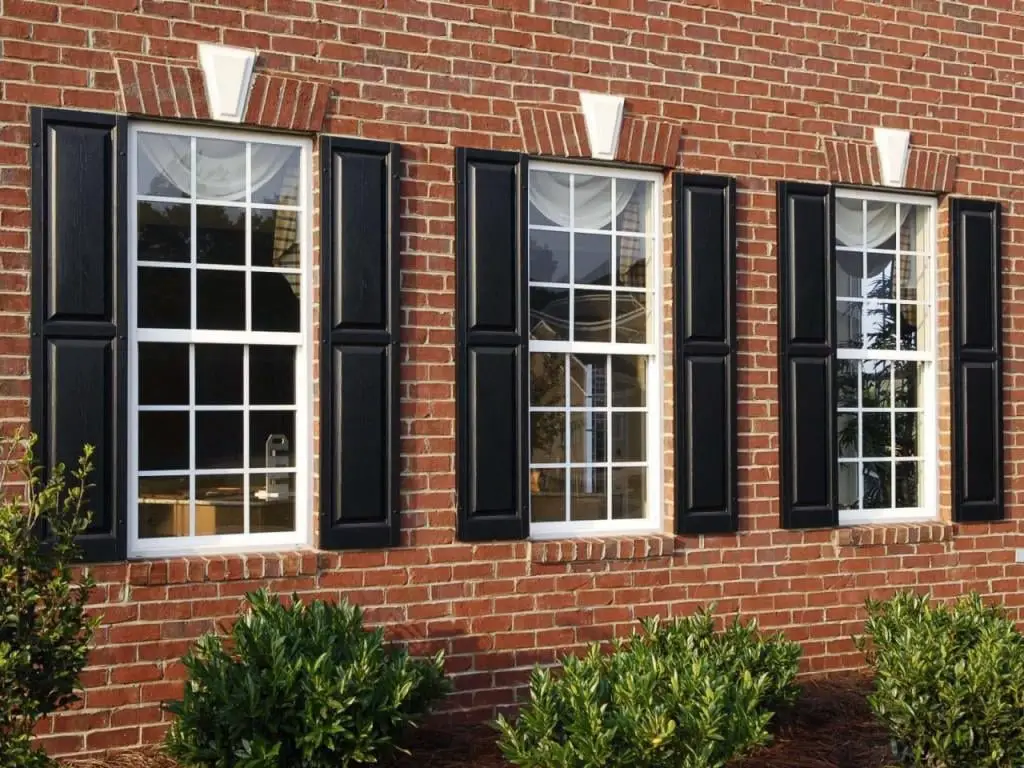
Conclusion
Knowing how to caulk exterior windows is a valuable skill that can significantly impact your home’s comfort, energy efficiency, and long-term maintenance. We’ve covered the entire process, from understanding why caulking matters to selecting the right materials and executing the task with precision.
By following our step-by-step guide, you’ve gained the knowledge and confidence to undertake this essential home improvement project. You’ve learned how to inspect your windows for gaps and cracks, how to properly prepare the surface, and how to apply caulk to create a reliable seal.
Remember that regular caulk window maintenance is key to preserving your home’s structural integrity and reducing energy costs. A well-sealed window not only keeps drafts and water out but also contributes to a more sustainable and eco-friendly living space.
Now, armed with this newfound expertise, you can take pride in maintaining your home and ensuring its longevity. So, go ahead, grab your caulking gun, and transform your windows into robust shields against the elements. Your comfortable, energy-efficient home thanks you!



